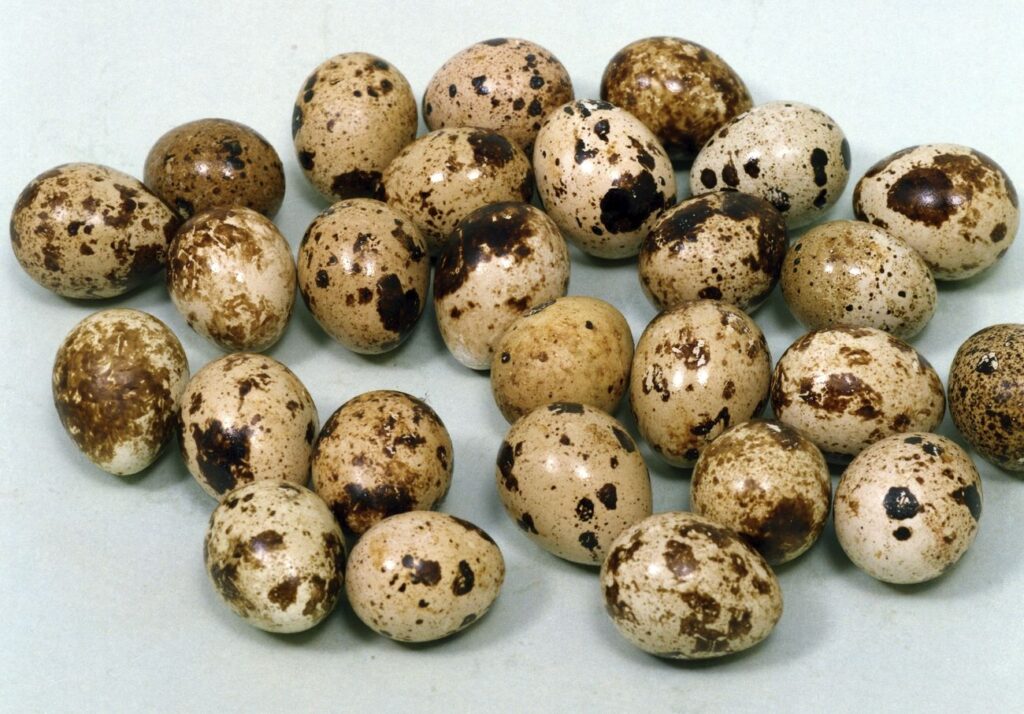Hey there, fellow quail enthusiasts! Are you interested in raising quail for meat and eggs? Well, you’ve come to the right place. In this blog post, I’ll be sharing my personal experience and tips on raising quail from hatching to harvesting.
Hatching
Let’s start with hatching. There are a few ways to hatch quail eggs, but I prefer to use an incubator. It’s a reliable and convenient method, and it allows me to hatch quail eggs all year round. I recommend using a good quality incubator and following the instructions carefully. You’ll need to maintain the temperature and humidity levels, and turn the eggs regularly. If you can, get an incubator that has a built-in turner.
Once the quail chicks hatch, it’s important to give them a good start in life. I use a brooder to keep them warm and cozy, and I make sure to provide them with clean water and food. For the first week, I feed them a high-protein chick starter feed, and then switch to a game bird feed when they are a few weeks old.
As the quail chicks grow, I move them to a larger pen or cage. I prefer to use a wire cage, as it allows for good ventilation and is easy to clean. Quail are social animals and thrive in groups, so I make sure to keep them together with plenty of space to move around.’
Harvesting
When it comes to raising quail for meat, you can harvest them at any time after they reach maturity, which is around 6-8 weeks old. I prefer to wait until they are around 10-12 weeks old, as they tend to have a bit more meat on them by then. I use a humane method, such as cervical dislocation, to dispatch them quickly and painlessly.
After harvesting the quail, I let the meat rest for a day or two in the refrigerator before cooking or freezing. Quail meat is a delicious and healthy alternative to chicken or turkey, with a delicate flavor and tender texture. I love to pan-sear it with some herbs and butter, or grill it with a sweet and tangy marinade.
Eggs
If you’re raising quail for eggs, it’s important to make sure they have a balanced diet and access to clean water at all times. Quail are prolific egg layers, and can lay up to 300 eggs per year in ideal conditions. I use a commercial quail feed to provide them with the right nutrients, and I also offer them some treats like mealworms and fresh greens. In the heat of summer, they love watermelon.
One of the critical factors in quail egg production is lighting. Quail require at least 14-16 hours of daylight per day to maintain optimal egg production. If you’re keeping your quail indoors, you’ll need to provide them with artificial lighting to simulate daylight hours during the winter months. I have strung cheap led Christmas lights on a timer to insure they have light in the winter.
Another important factor is calcium. Quail require a source of calcium to produce strong eggshells. I provide them with a calcium supplement, such as crushed eggshells or oyster shells, and I also offer them some boiled eggs as a treat. Make sure to monitor their calcium intake, as too much calcium can lead to health problems.
When it comes to harvesting quail eggs, I collect them daily and store them in the refrigerator. Quail eggs have a shorter shelf life than chicken eggs, so it’s important to use them within a week or so. I love to use quail eggs in salads, omelets, and pickled as a tasty snack.
In conclusion, raising quail can be a rewarding and enjoyable experience. They are easy to care for and provide delicious meat and eggs. Whether you’re a beginner or an experienced quail keeper, I hope these tips and insights have been helpful. Happy quail raising!

